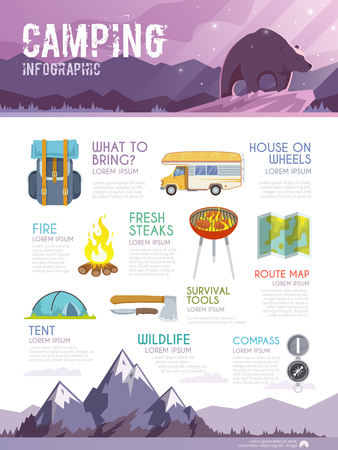An outdoor tents without individual lines is at risk to falling down or being surprised in gusty conditions. By connecting to designated loops or attachment factors, and afterwards attaching to support points like rocks, trees, or tent stakes, individual lines supply added assistance beyond what is offered by a shelter's inner structure and outdoor tents poles.
Tent Stability
Outdoor tents security is necessary for occasion security and a comfortable experience. A secure outdoor tents can stand up to severe weather, including high winds, rain, and snow without threat of damage or collapse.
The type of structure and cover materials used can impact tent security. Century post tents, which rely on a solitary main pole for assistance, are a lot more vulnerable to high wind speeds than structure camping tents. Frame outdoors tents include a grid-like system of aluminum or steel light beams that interact to support the structure, sharing the lots so nobody part takes all the stress and anxiety.
To maintain a camping tent, the first step is to affix man lines to the camping tent's individual out loopholes. Use a dependable knot, like a bowline or clove hitch, to link the line to the anchor factor, and make certain it is taut yet not as well tight. This will certainly avoid damaging the camping tent material or straining the posts, while dispersing tension uniformly.
Wind Stability
In wind power, atmospheric security is an essential element for exact price quotes of wind speeds at different elevations. A number of approaches to establish the upright profile of the wind demand to take this particular into account. Neglecting it can cause unreliable outcomes, causing overstated power delivery rates or less than expected performance.
Weather differ according to the site place and climate phenomena happening at tent setup that time. For instance, dominating wind shear depends upon the type of weather condition existing, such as a stable or unpredictable atmosphere, or a layering of air masses with different temperature level structures, advertising instability or security.
At the study website, an evaluation was performed to acquire the circulation of climatic stability specifications at 2 elevations (20 m and 50 m). Figure 8d reveals that shear worths are more dispersed and have a tendency to be greater in unstable atmospheric conditions. This validates the diurnal behavior of these parameters in a mainly unpredictable ambience.
Weather Stability
While climate apps and WX SMARTS articles have a tendency to concentrate on fronts, systems, and thunderstorms, atmospheric security is less-talked about, yet it's embedded in everything from wind gusts and clouds to vertical updrafts and downdrafts. Security is merely defined as the capability of an ambience to respond to upright activity. Consequently, meteorologists evaluating upper-air observations make use of a convenient chart called the Skew-T diagram that shows the air's feedback to upright variation, with stability states categorized as stable, neutral or unstable. Obviously, the above description is simple; there are several variables that impact stability, such as upright wind shear and latent heat release during condensation. These processes alter the environmental lapse rate and affect buoyancy, updrafts and downdrafts, and cloud formation in complicated methods.
